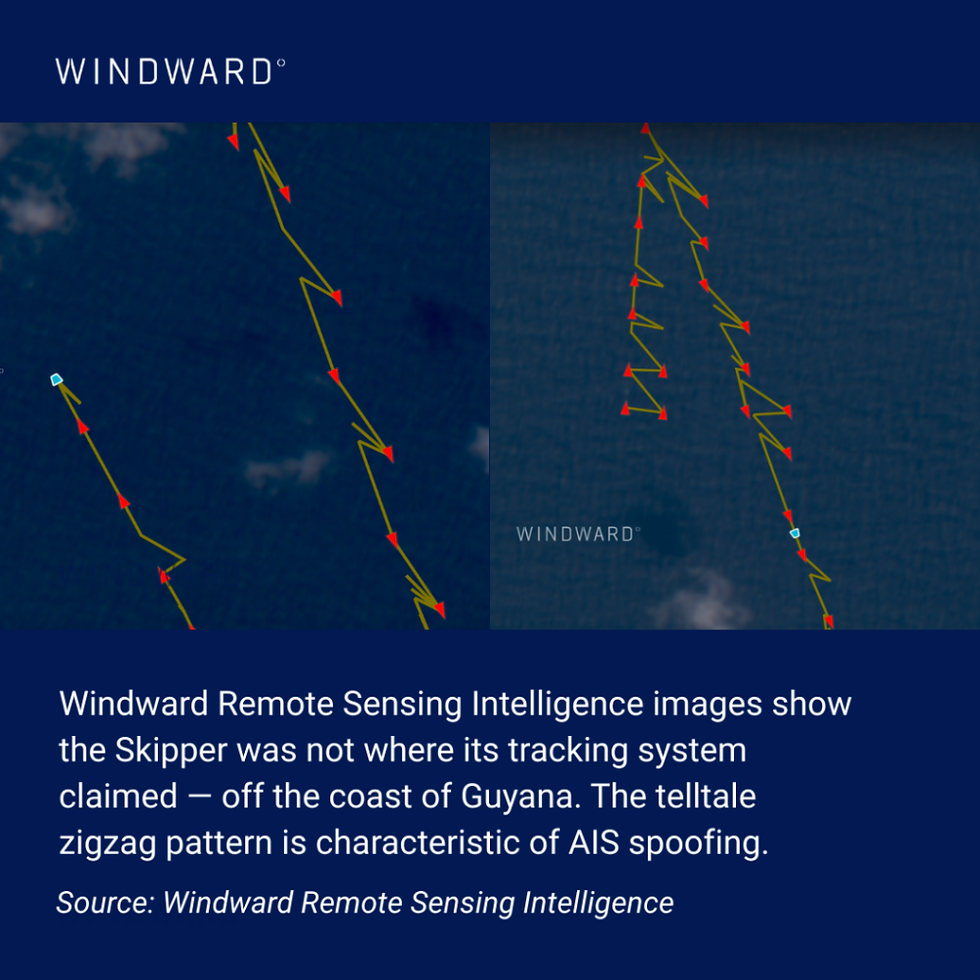On-demand Freight Rates for any Handy to Panamax
- rorykevinproud
- Oct 31, 2024
- 2 min read
24 October 2024 CM Navigator
CM Navigator are an independent market intelligence provider within dry bulk freight markets and agri-commodities.
The Challenge
Shipping companies rely on Forward Freight Agreements (FFA) for their Value at Risk (VAR) models, but FFAs are ineffective for capturing regional freight rate movements. This limitation leads to averaged rates that don't reflect specific regional price risk, making it difficult for companies to assess the true Value at Risk on their books.
This averaged rate can also affect models which look track commodities and tickers with a strong dependency on dry bulk commodity movements.
The Solution
CM Navigator addresses this gap by offering on-demand calculations of freight rates globally.
By using proprietary data and advanced algorithms, it provides precise freight rates in USD per metric ton (USD/PMT), allowing companies to input the exact terms of their freight contracts via API, thus using a more accurate input than FFA for their mark-to-market models.
The system also offers an comprehensive historical view of regional dry bulk freight rates which can be ingested by organisations looking to model costs and trends pertinent to markets of interest.

Use Cases
Shipping Example
On 09 January 2024 freight trader and shipowner company sold freight for a cargo of 32,000 metric tonnes of bulk sugar from Santos in Brazil, loading rate of 8000 metric tonnes per day SHINC, to Dakar in Senegal, discharge rate of 4000 metric tonnes per day SSHEX.
The freight rate agreed in January was USD/PMT 36,00 net, for loading in December 2024. Today that freight rate is USD/PMT 38,21 net as estimated by the CM Navigator API. That means that they are USD/PMT 2,21 down, which multiplied by 32,000 metric tonnes equals a total mark-to-market loss of USD 70,720.
Had they used FFA for mark-to-market, they would had to benchmark the Brazilian sugar cargo against a worldwide index, which can lead to inaccuracies. With lots of volatility in the US, Europe or China, global FFA rates might have changed massively since January – but not in a meaningful way that would represent the risk of carrying sugar from Brazil to Senegal.
An example could be that FFA had changed from USD/DAY 12,000 to USD/DAY 11,500 – which would imply that the cargo was USD/DAY 500 better off. However, this drop reflected that expectations for intra Asian trades to go heavily down, which do not correlate to a cargo of sugar in Brazil which in fact was USD 70,720 worse off.
Commodity Procurement
For organisations that procure commodities for production, granular regional freight rates provide more context to their purchasing decisions, assisting in both better forecasting of spend, further context for hedging strategies, and more transparency on regional differences to arm purchasing teams.
Trading Analysis
CFR rates consist of FOB + Freight, thus freight rates provide granularity to analysts looking to understand commodity movements or tickers which are heavily dependent on dry bulk commodities, providing more detail on the fundamentals which drive costs for these businesses.

Trusted by:

If you'd like to discuss this, alongside other datasets from our 50+ partner network of suppliers please schedule a call with the team:




Comments